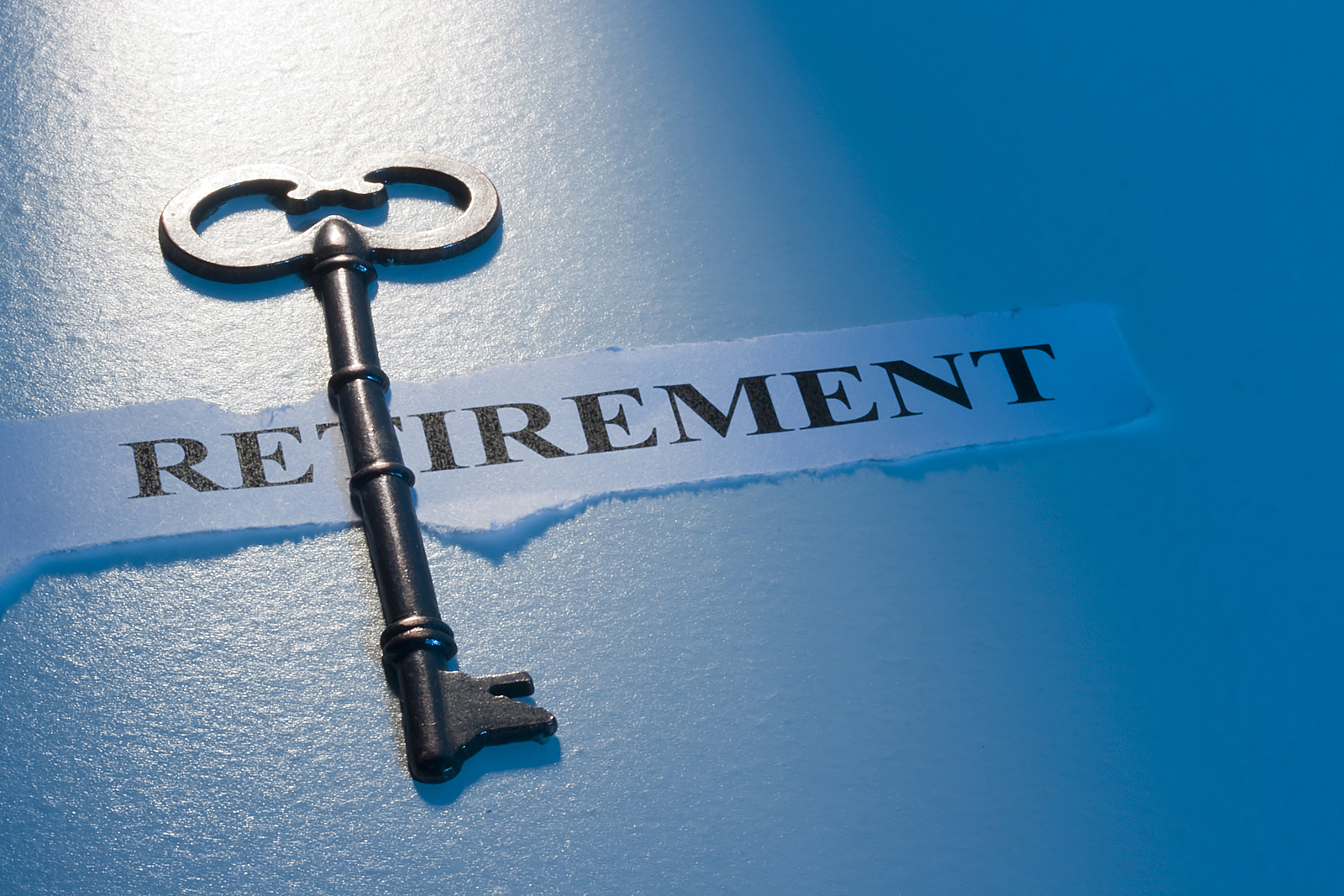10 Ways to Boost Your Retirement Savings – Regardless of Your Age

Whether you’ve just begun or are towards the end of your career, you may still potentially increase the size of your nest egg.
When it comes to retirement planning, the reality is that the earlier you begin saving, the better off you may be, owing to the magic of compound interest. Even if you started saving late or have yet to start, it’s essential to know that you’re not alone and that there’re actions you can take to increase your retirement savings. “It’s never too late to begin,” says Debra Greenberg, Director of Retirement and Personal Wealth Solutions at Bank of America.
Consider the following suggestions to help you increase your savings—regardless of your current life stage—and seek the retirement you desire.
1. Focus on starting now
Start saving as much as you can now, especially if you’re just starting to save for retirement, and give compound interest—the capacity of your assets to generate profits, which are reinvested to generate their own earnings—a chance to work to your advantage. The sooner you begin, the better off you’ll be.
Starting early can help with the end result, even if investing a modest amount.
By starting to save money early, a 25-year-old investing $75 each month acquires greater assets by the age of 65 than a 35-year-old investing $100 per month—despite investing less each period. Investing a modest amount over a longer time framework could have a more significant impact on investment results than investing a larger amount over a shorter time horizon.
*PICTURE*
2. Make 401(k) contributions
If your workplace provides a traditional 401(k) plan and you’re eligible, you may be able to contribute pre-tax funds, which can be a considerable benefit. Assume that you are in the 12% tax rate and intend to allocate $100 every pay period. Since that money is deducted from your paycheck before federal income taxes are calculated, your take-home pay will be reduced by just $88 (plus the amount of applicable state and local income tax and Social Security and Medicare tax). That means you could invest more of your income without it affecting your monthly budget much. If your employer provides a Roth 401(k) plan, which uses after-tax funds rather than pre-tax income, you should consider your income tax bracket in retirement to determine whether this is the best option for you. Even if you quit that company, you have options on what to do with the 401(k) account.
3. Meet your employer’s 401(k) match
If your firm offers to match your 401(k) plan contributions, make sure you contribute enough to take full advantage of the bonus. A company, for example, may offer to match 50% of employee contributions up to 5% of your wage. That is, if you make $50,000 per year and pay $2,500 to your retirement plan, your employer will contribute an additional $1,250. It’s basically free money. Don’t just leave it there.
4. Open an IRA
Think about opening an individual retirement account (IRA) to supplement your retirement savings. Based on your income, and if you and/or your spouse have an employer retirement plan, a Traditional IRA may be a good choice for you. Traditional IRA contributions can be tax-deductible, and investment gains may grow tax-deferred until withdrawals are made during retirement. However, if you satisfy the phased-out income restrictions based on your federal tax filing status, a Roth IRA might be a smart option for you. Since they’re funded with after-tax contributions, so after you turn 59½, qualified distributions, including profits, are federally tax-free (and might be state-tax-free) if certain holding period criteria are met. Find out which IRA is best for you and check the most recent 401(k) and IRA contribution limitations.
5. If you’re 50 or older, you can take advantage of catch-up contributions
One of the reasons it’s critical to start saving as soon as possible is because annual contributions to IRAs and 401(k) plans are restricted. The good news? When you reach the age of 50 in a calendar year, you are entitled to make catch-up contributions to IRAs and 401(k)s that exceed the regular limitations. So, if you haven’t been able to save as much as you would have wanted over the years, catch-up contributions can help increase your retirement funds.
6. Make your savings automatic
You’ve most likely heard the expression “pay yourself first.” Make your monthly retirement payments automated, and you’ll have the chance to potentially increase your nest egg without having to worry about it. You can use the Merrill Automated Funding Service to make recurring contributions to your Merrill IRA from another Merrill, Bank of America, or other financial institution accounts. The Merrill Automatic Investment Plan, which invests money automatically in specified funds, can also help you automate your investment selection.
7. Cut back on spending
Examine your financial situation. You might negotiate a lower auto insurance rate or save money by taking your lunch to work instead of buying it. Merrill offers a cash flow calculator that may help you figure out where your money is going—and where you might cut back, so you have more money for saving or investing.
Your contribution rate: a little extra can go a long way.
The sum you contribute to your retirement plan now can have a significant impact on how much money you have when you’re ready to retire. Simply boosting your contribution rate from 4% to 6% may contribute more than $101,000 to your nest egg over 30 years (assumption: a $50,000 salary).
*PICTURE*
8. Set a goal
Knowing how much you could need might help you not only comprehend why you’re saving, but it can also make it more rewarding. Set milestones along the way to obtain satisfaction as you work toward your retirement goal. Use the Personal Retirement Calculator to see when you might be able to retire and how much you’ll need to invest and save to get there.
9. Stash extra money
Got extra money? Don’t just spend it away. Increase your contribution percentage every time you get a raise. Allocate at least half of the new funds to your retirement account. Although it might be tempting to spend a tax refund or salary bonus on a new designer piece or a vacation, financial planners advise not to regard those extra dollars as found money. They suggest that you treat yourself to something modest and use the rest of your money to help you make larger strides toward your retirement goal.
10. As you are nearing retirement, consider deferring Social Security
“This is a huge one,” says Greenberg. “For every year you postpone receiving a Social Security benefit before reaching 70, you can raise the amount you receive in the future.” The earliest you may start receiving Social Security retirement benefits is at the age of 62. However, for each year you wait (until the age of 70), your monthly payment increases, and the extra income adds up rapidly. Even a one-year delay in retiring may make a huge impact. Furthermore, it may also boost your spouse’s future survivor benefits.
The first step is to recognize the need to save money for retirement. Decide how much you want to save for retirement and come up with creative ways to boost your contributions. A typical regret among retirees is starting too late and saving too little. Making an effort now will allow you to look forward to retirement.







